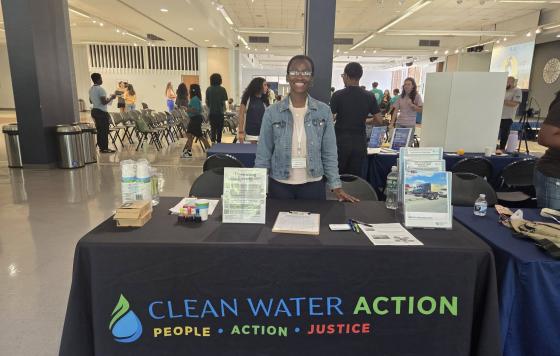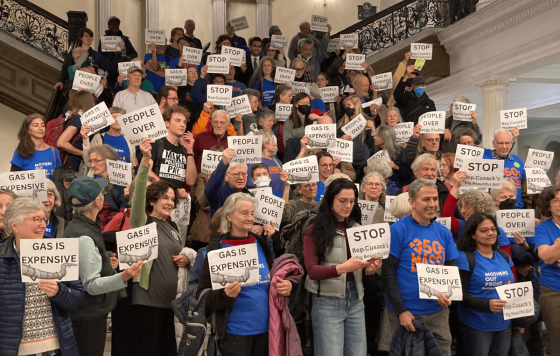
Like many, my holiday season consists of visiting many of my elderly relatives. One consistent story I hear every year is how much warmer the holidays seem than years ago. I will hear stories of ice skating on the local stream that would freeze over every December. Or I am regaled with stories of how “White Christmases” were fairly commonplace. There is no doubt that the earth is warming at a rapid pace - and that humans are the cause. Climate change is a reality. One that will have even more clear consequences in the near future. We need to be addressing solutions to climate change whenever we can.
Methane is a climate change steroid. It is 80 percent more potent than carbon dioxide with regard to its capability to trap heat. Methane has a proven potential to drastically change the climate. It has long been the “primary suspect” in the cause of multiple mass extinction events, including the Permian–Triassic extinction - an event known as “the great dying” that killed off 96% of all marine species. Methane is the second largest pollutant contributing to climate change and is contributing to climate change in very real ways, mostly through extraction methods via fracking. Methane has also been proven to be a massive human health concern - contributing to asthma, cancer and other public health issues.
We do have a chance to lessen the amount of methane being pumped into the atmosphere. In November, the Biden Administration and EPA proposed an updated draft rule to cut methane and other harmful pollutants from oil and gas operations. This is an important first step in addressing the climate crisis, and protecting the health and safety of communities. The updated draft rule proposes to close a loophole that makes it easier to not report leaks in facilities, increases monitoring for the greatest polluters, and requires that abandoned wells are subject to monitoring until closure.
However, we can still make methane safeguards even stronger! We need to ensure that well operators capture associated gas and limit flaring to only cases where it is absolutely necessary. Flaring is when well operators release methane into the air on purpose - this wasteful practice has become so common that it can be observed from space. Additionally, we can ensure that the safeguards have community feedback taken into account as frequently as possible. A clear pathway needs to be provided for communities to participate and engage in the Super Emitter Response Program, which is designed to quickly address very large leaks from the oil and gas industry, by ensuring that approved monitoring technologies and data are accessible to all.
Help us Tell EPA to Take the Strongest Action Possible to Curb Methane
We can curb the methane threat with stronger regulatory action. The updated draft rule issued in November is a good start to a larger problem. When we curb harmful greenhouse gasses like methane, we can achieve real positive change in the fight against climate change. With regulatory actions such as these, it is possible to create a future that will be recognizable to us when we describe our childhoods to our own grandchildren.


